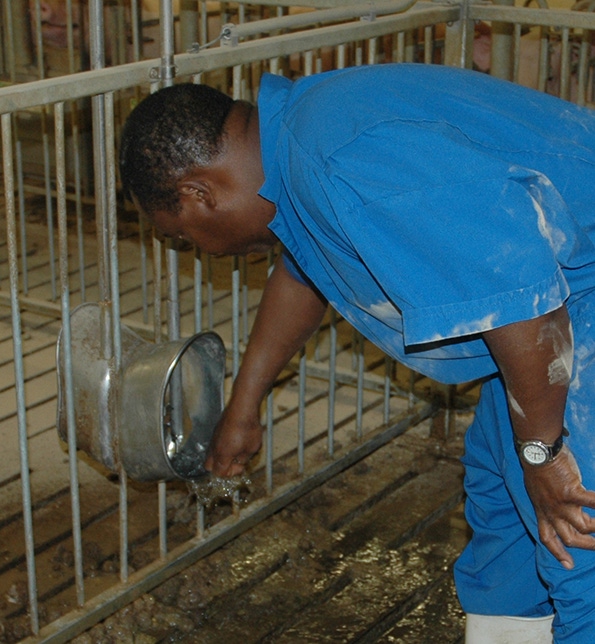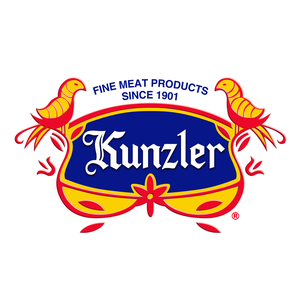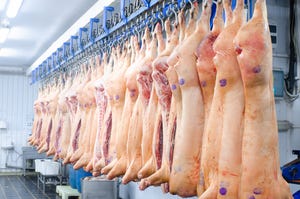Water conservation adds up in swine operations
January 15, 2015

Hog producers use a great quantity of water, and in addition to water conservation being the environmentally correct thing to do, producers have a number of other reason to watch every drop they use in their operation.
Daniel Andersen, Iowa State University assistant professor in the department of Agricultural and Biosystems Engineering, talks swine operation water conserving water in his Jan. 13 “Manure Scoop” blog.
Water used in a swine operation ends up in the pits or manure storage basin, and that manure then has to be land applied, and Andersen estimates that depending on application rate and distance to the cropland, this can cost 1 to 2 cents per gallon, with an additional charge of around $0.001 per gallon per mile hauled beyond the first mile. Of course, any wasted amount of water also takes up manure storage capacity.
Andersen acknowledges that water serves three main purposes – animal drinking, animal cooling and facility/equipment washing – in swine production. Eighty percent of an average whole farm water consumption is animal drinking, 12% from animal cooling and about 7% from facility washing, with the balance used by the humans in the operation for drinking, hand/boot washing, laundry and showering.
With the greatest amount of water used in animal drinking, Andersen takes a look at the impact different types of waterers have on water use. His blog presents research on nipple waters, cup waterers, and various types of wet/dry feeders.
Click here to read his full blog on this topic, or to view other blogs in The Manure Scoop.
You May Also Like
.png?width=300&auto=webp&quality=80&disable=upscale)


